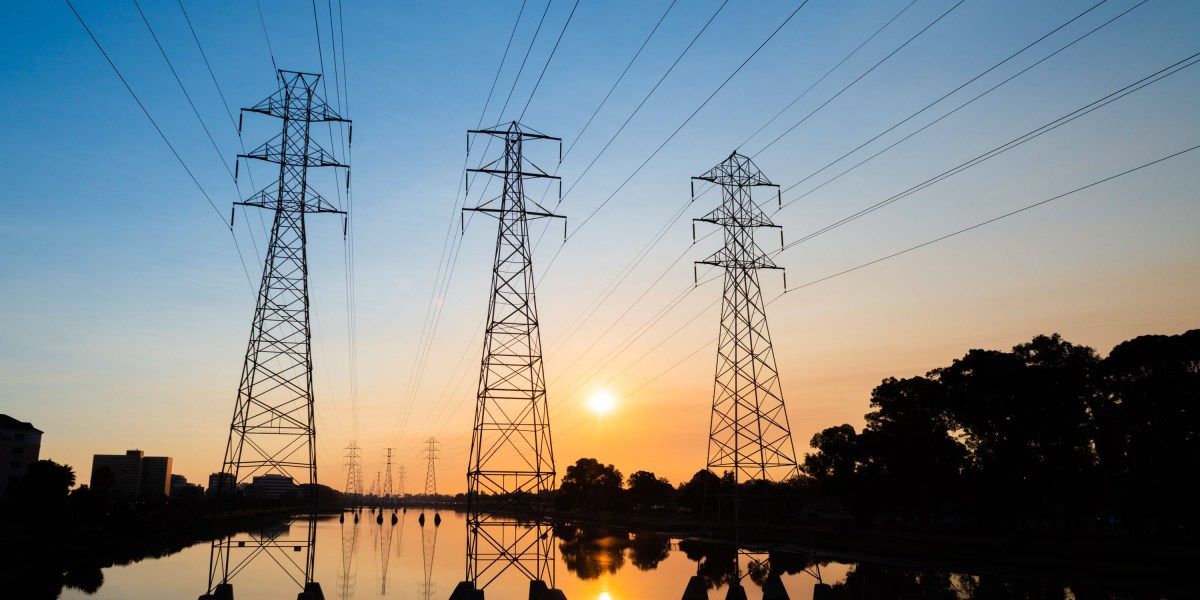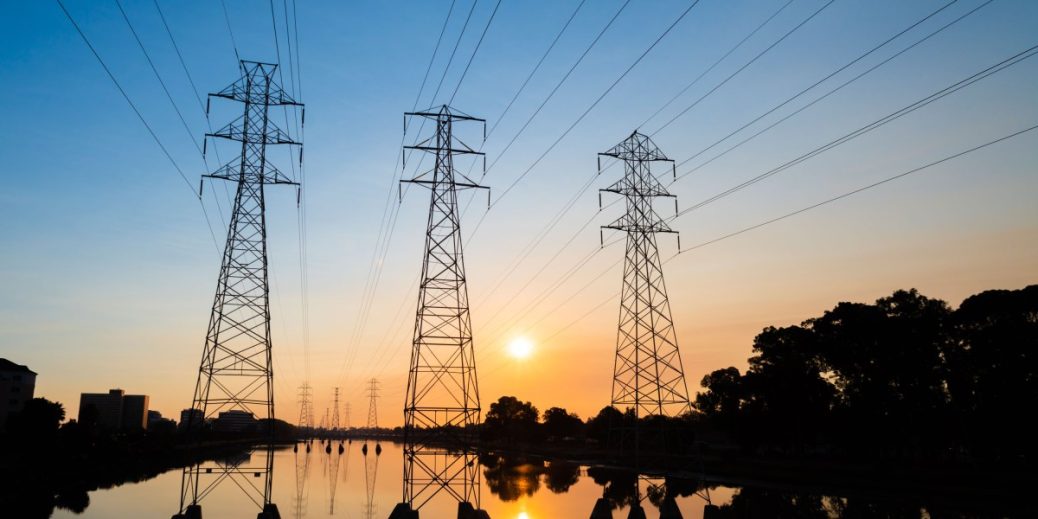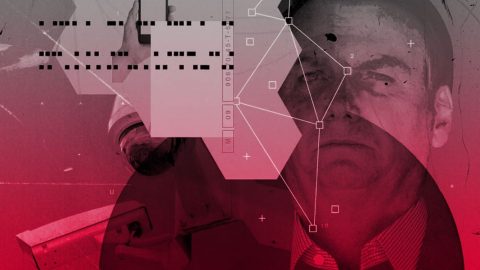
In April, the PJM Interconnection—the nation’s largest grid system, spanning 13 states along the densely populated mid-Atlantic and Eastern Seaboard—took a big step toward embracing AI by inking a deal with Google to use its Tapestry software to improve regional planning and speed up grid connections for new power generators.
ERCOT, the Texas grid system, is considering adopting technology similar to what CAISO is now set to use, according to a source with knowledge of the plans who requested anonymity because they were not authorized to speak publicly. ERCOT did not respond to a request for comment.
Australia offers an example of what the future may look like. In New South Wales, where grid sensors and smart technology are more widely deployed, AI software rolled out in February is now predicting the production and flow of electricity from rooftop solar units across the state and automatically adjusting how much power from those panels can enter the grid.
Until now, much of the discussion around AI and energy has focused on the electricity demands of AI data centers (check out MIT Technology Review’s Power Hungry series for more on this).
“We’ve been talking a lot about what the grid can do for AI and not nearly as much about what AI can do for the grid,” says Charles Hua, a coauthor of one of last year’s Energy Department reports who now serves executive director of PowerLines, a nonprofit that advocates for improving the affordability and reliability of US grids. “In general, there’s a huge opportunity for grid operators, regulators, and other stakeholders in the utility regulatory system to use AI effectively and harness it for a more resilient, modernized, and strengthened grid.”
For now, Gopinathan says, he’s remaining cautiously optimistic.
“I don’t want to overhype it,” he says.
Still, he adds, “it’s a first step for bigger automation.”
“Right now, this is more limited to our outage management system. Genie isn’t talking to our other parts yet,” he says. “But I see a world where AI agents are able to do a lot more.”







Recent Comments